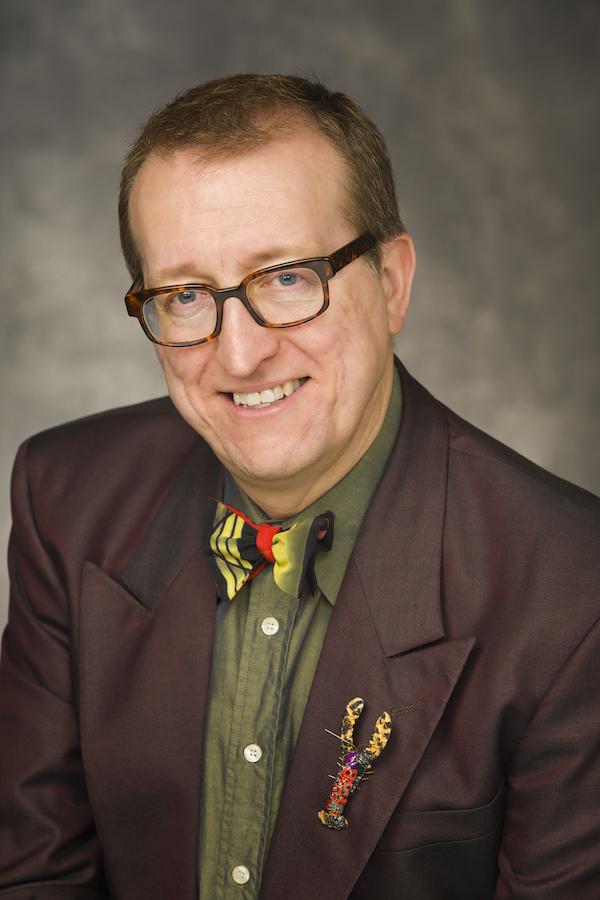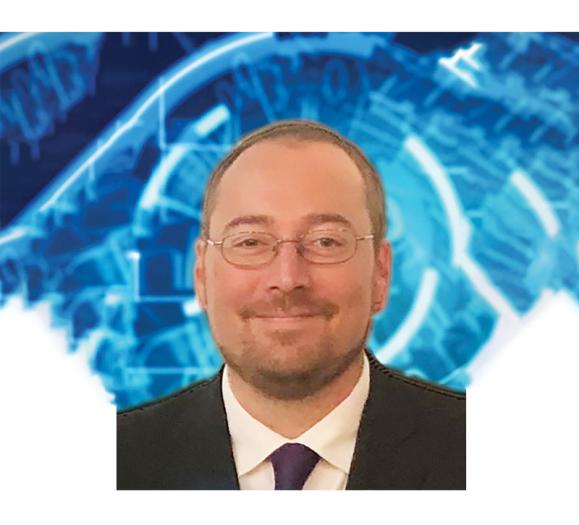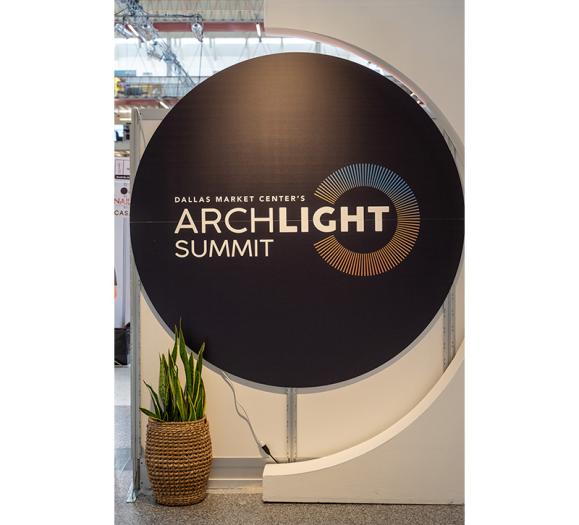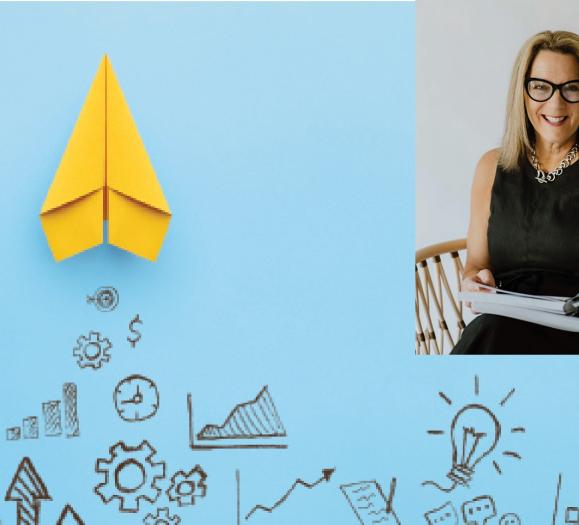Jeff Dross has worked for Kichler for more than 45 years, beginning with a part-time drafting job while he was in school. Since then, his roles have included production engineer, quality assurance, engineering supervisor, engineering manager and product manager. In his current role as Corporate Director, Education and Industry Trends, he helps Kichler’s customers and end users understand today’s lighting technology.
Furniture, Lighting & Decor: How do you build your clientele? Share a top marketing strategy tip.
Jeff Dross: In my current role, I help our customers and the end consumer understand the new world of lighting. LED has revolutionized lighting at the same time as the use of lighting in architecture is maturing. This recent departure from a single luminaire in the center of the room, used since the days of castles, needs support and information. That is where I come in.
I believe education is crucial for professionals. Whether they are design pros with the NKBA or ASID, or ALA lighting experts, a bit more education makes them substantially more valuable than the uninvolved practitioner. Education is key.
FLD: What inspires you the most in your business?
JD: It is very rewarding to see and hold and experience the fruits of your labor. When I engineered products, I could hold the piece in my lap as I worked on it. Later, I could easily see it installed in a home. In the design of a lighting system, walking into a space that you have designed, or even installed is very satisfying. “I made this!” can be among the most fulfilling experiences gained from what you do.
FLD: Name one of your biggest challenges in the business you’re in now and how you’ve overcome it.
JD: The incandescent light bulb was created over 130 years ago. Since, it has changed very little. The electrical engineering needed to wire a luminaire consists of very elementary wiring. Lighting was one of the oldest and one of the lowest technology business in the world. Then, LED arrived. Almost immediately, sellers, designers and installers needed to raise their understanding and increase their knowledge of a heretofore simplistic product. It was my job to help.
I started to develop education that slowly helped all these sectors grow. Rather than telling people how to build an LED diode, I explained what made it different. PhD candidates have constructed papers on the human understanding of color. Instead, I brought color down to a few core elements that could be more easily digested. With LED, it was crucial for practitioners to shed their incandescent mentality and adopt new terms and understandings. I slowly introduced those concepts. Perhaps, most importantly, I did not want to share any of this information in a professorial way. I brought humor into the conversation. I am a lighting geek, but I’m not a pencil-neck geek! A bowtie and odd shoes convinced the listener, long before I started to speak that I would be presenting information in a fresher, clearer way. Almost universally, the people who learned about LED from me, tell me I was never a frightening headmaster, but rather a comfortable conversationalist.
FLD: Share something you wish you knew when you were just starting out.
JD: When I took the drafting job at Kichler, I thought it was just that, a job. I had no idea there were careers in lighting. After about ten years at a job in lighting, I realized I was developing a career in lighting and it could indeed sustain me for a lifetime. At that point, the idea of architecture disappeared. While I think I’ve had a great life in lighting, I might have done some things differently knowing it was a career.
FLD: If you were able to start over, share one thing you would change on your path to where you are now.
JD: Companies tend to underestimate employees who stay around for a long period of time. The new person brings in enhanced possibilities and additional motivation. Existing employees represent the past. Had I known lighting was a career and people with specific skills were in demand elsewhere, I probably would not have stayed at one company for as long as I did. In the long run, it worked out well for me, but the journey was easier for those who arrived years later from another location with experience from another company.
FLD: What are the tools, companies and people who help you do what you do best? Why?
JD: I am continually on the hunt for new information whether it is online at the office, shopping for paper towels on the weekend, or visit trades hows, galleries and showrooms in and out of town. Information pulled from magazines is filed in some slot in my brain, that is cross-referenced with the contemporary art show exhibit just visited and an article read in the New York Times. Continually peeking around the corner of tomorrow is equally important Asking about the validity of the current state allows for the recognition of its end. Most important of all is an inquisitive mind. To do this job, curiosity is crucial.
FLD: What’s your favorite piece for your home you’ve ever purchased? Why?
JD: My wife and I have filled our home with art we have collected from all over the world. Art by local artists is scattered throughout as well. Our living room features three Sergio Bustamante sculptures from Guadalajara, the sunroom has shelves of tchotchke from each trip, with a series of painting from around the Caribbean and the dining room is lined with ceremonial masks. The mask build by Ponce, Puerto Rican mask-maker, Miguel Caraballo is probably our favorite. It was a financial stretch at the time and pretty complicated to have shipped backed to Cleveland, but it is a commanding piece that dominates the room and sometimes puzzles visitors, especially an unwanted insurance salesman who interrupted his sales pitch, multiple times to stare at the horns and exposed tongue and teeth. He never called back! That alone made it worth the money.
FLD: What top three tips would you give someone entering a home retail or interior design business?
JD: Use your own home as an experimentation lab. Never experiment with a customer or client. If you do not know if something will work, try it before hand in a place that will not impact someone who is paying. Some of the best designers I know have hodgepodge personal spaces. They do that so they can determine what will work best later for clients and customers.
Pay attention to every type of surrounding art, design and fashion. The more you are conversant with a wide variety of aesthetics, the better you will be in your own industry. Art, design, fashion, furnishings, everything has an ebb and flow. Trends come and go. Ideas blossom and fade. Follow that process. Yes, digest what is new, but also, check out what is reduced for sale, what is in the basement, what has arrived at the mass retailers and what is at the closeout stores. When you understand the end of a product or idea, you can better perceive the full life of that which you create.
When you bring your own self and personality into the work, the work is better. I always wore “different” clothes. One of the older employees brought me a Joseph Banks catalog once suggesting I might like something in it. I couldn’t see myself in anything they featured. While I have a wealth of knowledge of all things lighting, I am as much recognized for the way I dress as the knowledge I possess. Your whole being is a sum of the parts. The richer each part, the better the total.







